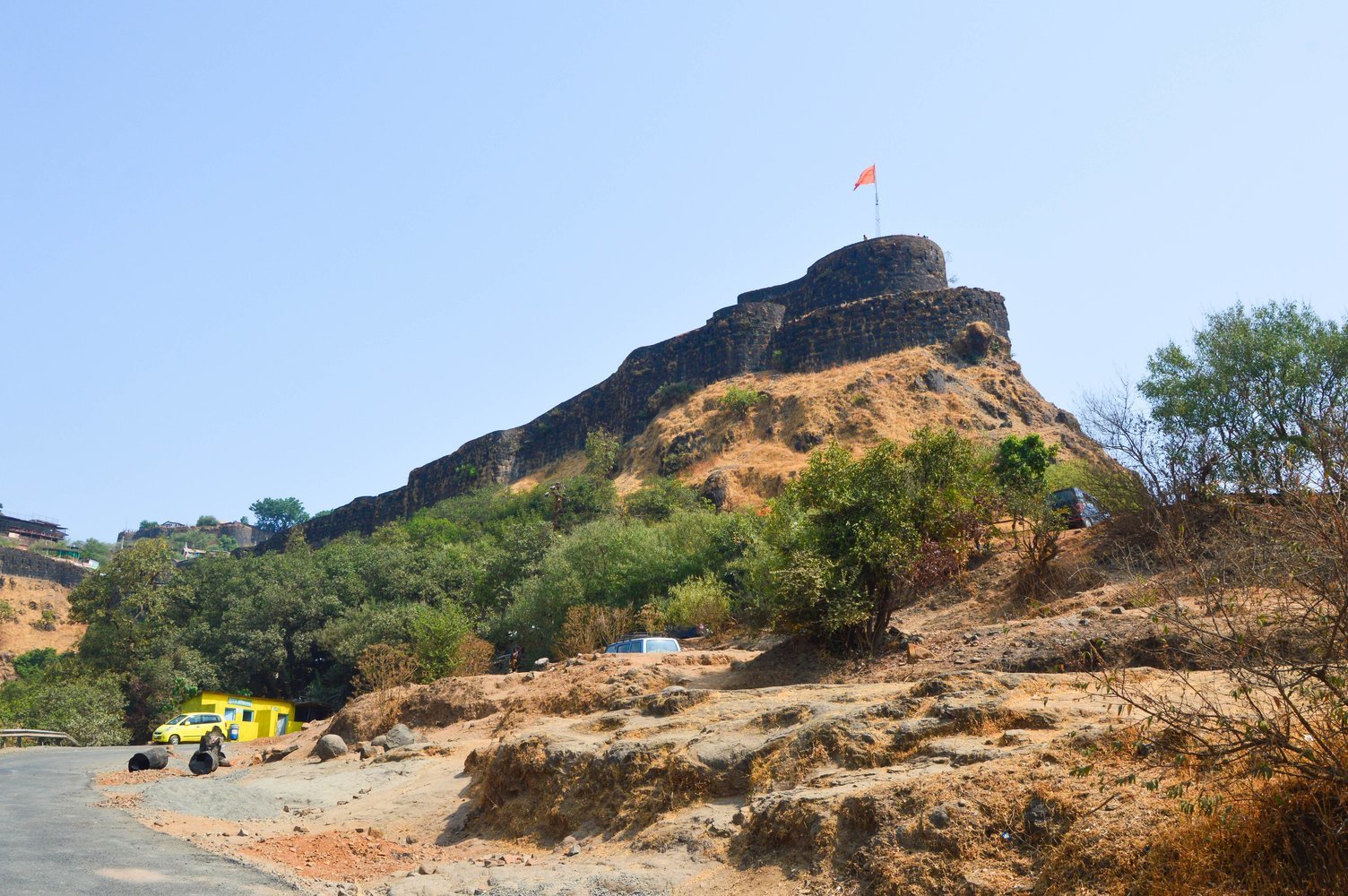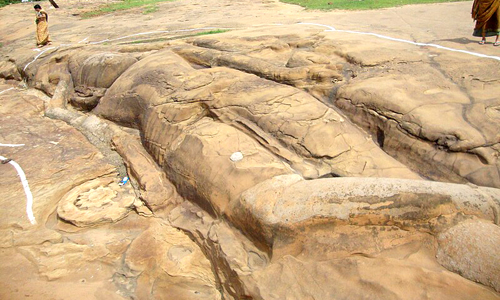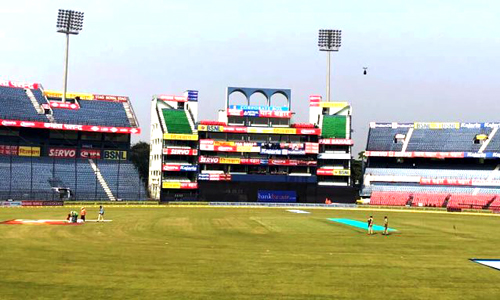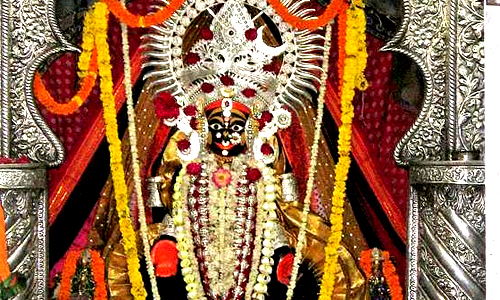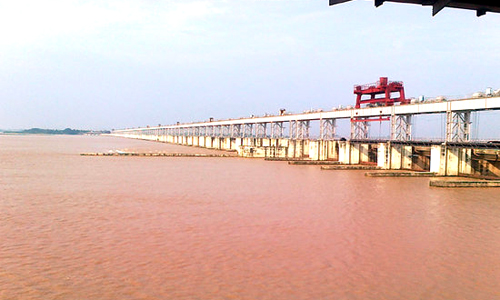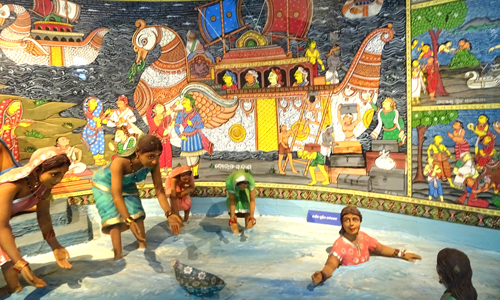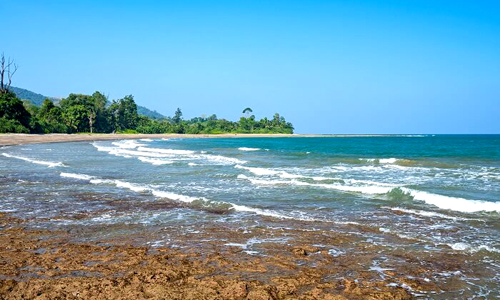The famous Barabati Fort in Cuttack, Odisha, has a stone entrance. It was built during the Ganga era in the 1400s. The river Mahanadi flows through the fort, making it one of the best places to visit in Cuttack.
It was planned that the fort be built in a way that gives it a stunning view of modern Cuttack City. It is the earth mound of the castle with nine floors. The monument was made with defences in case an enemy tried to attack. At the moment, a nearby Barbati stadium is being built for culture and sports events. To honour Katak Chandi, there is also a temple. The fort gives the city character and shows its rich past. The fort is a must-include place in your Cuttack tour package.
What is Barabati Fort famous for?
The Ganga kingdom built Barabati Fort on the banks of the Mahanadi River. It is one of the most popular places for tourists to visit in Cuttack. This broken-down fort is on the west side of Millennium City, close to the Baliyatra Ground. Historians say that Barabati Fort used to be home to a hall with nine floors.
Who built the Jagannath temple inside Barabati Fort?
Based on what we've seen so far, Ananga Bhimdev III built the Jagganath temple inside the Barbati fort. King Bhima Parichha, also known as Anangabhima II, lived in Choudwar, his capital.
What is the history of Barbati?
The history books say that King Nrupa Keshari built Cuttack in 989 AD. To prevent the river from flooding, the king built a stone wall around it. After seeing the beautiful and strategic architecture, King Anangabhima Deva III moved from his old area to Cuttack and built the Barabati Fort.
After that, the Chalukya Kings built a building with nine floors in the fort. The two rings were built around the edges of the rivers in 1568 AD. After that, many kings and queens came and rebuilt the fort. The fort's ruins are all that can be seen now, along with a monastery that is in a bad state.
The fort was planned to be built in a way that gives it a stunning view of modern Cuttack City. The fort provides the city with character and shows its rich past.


